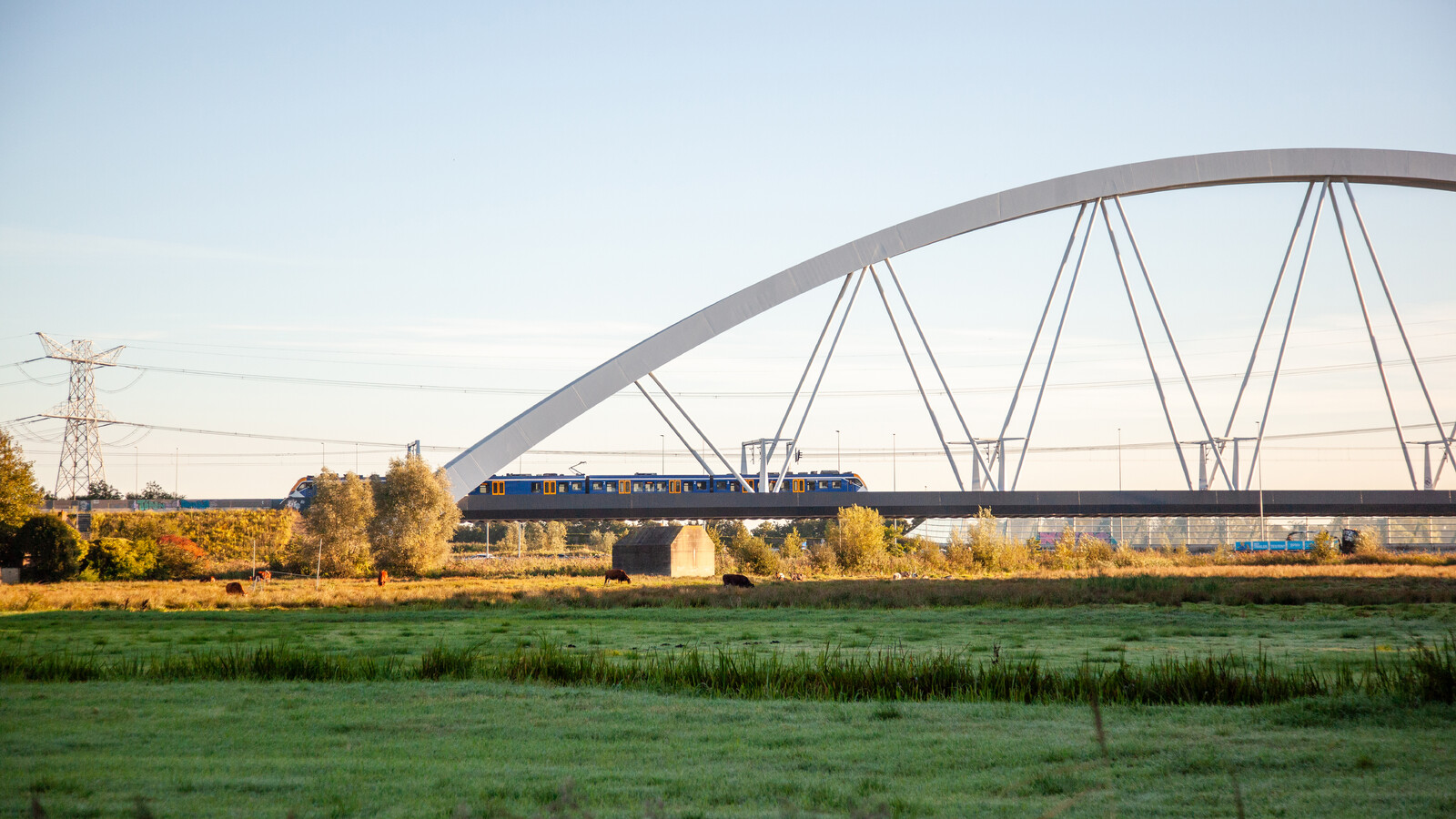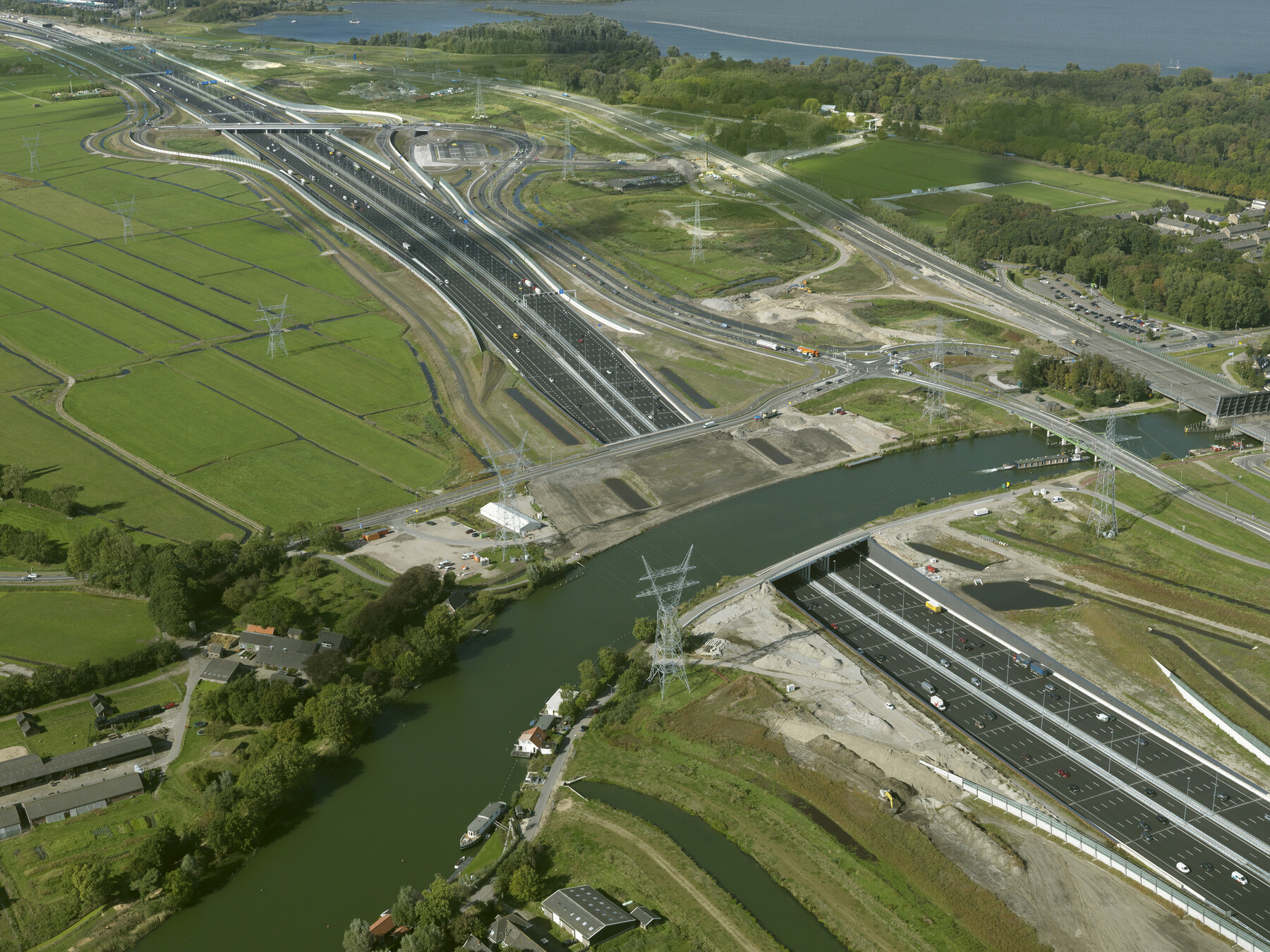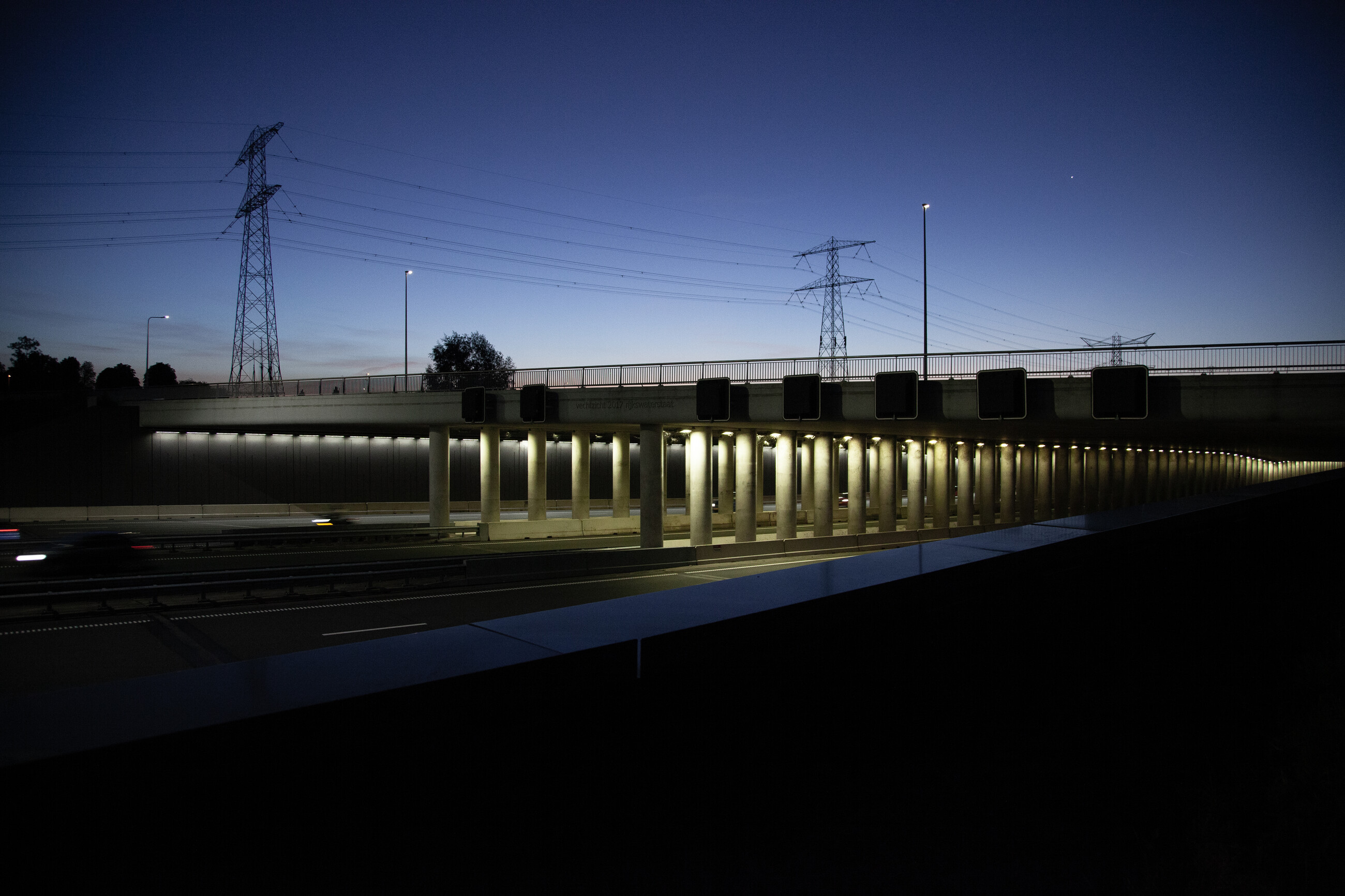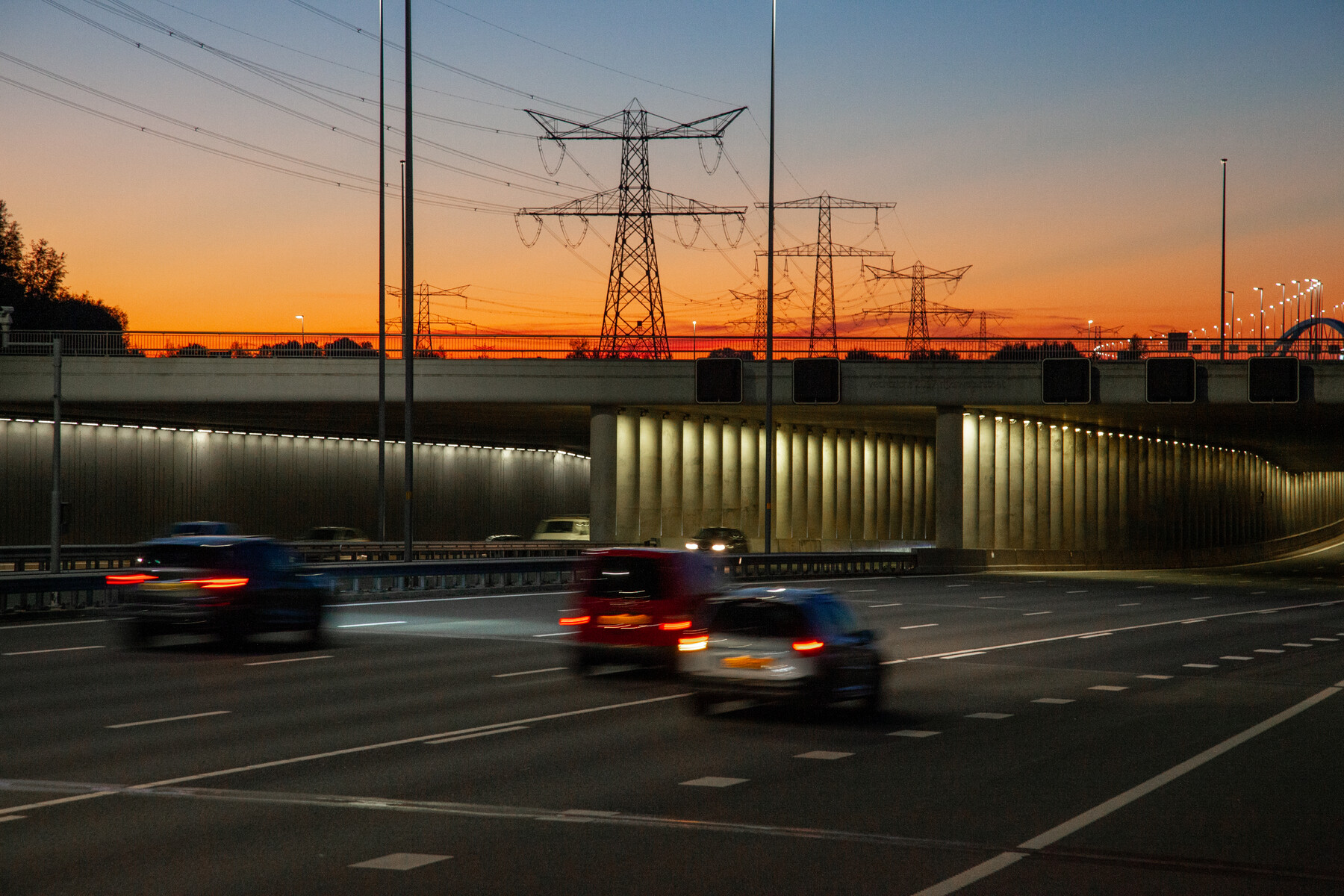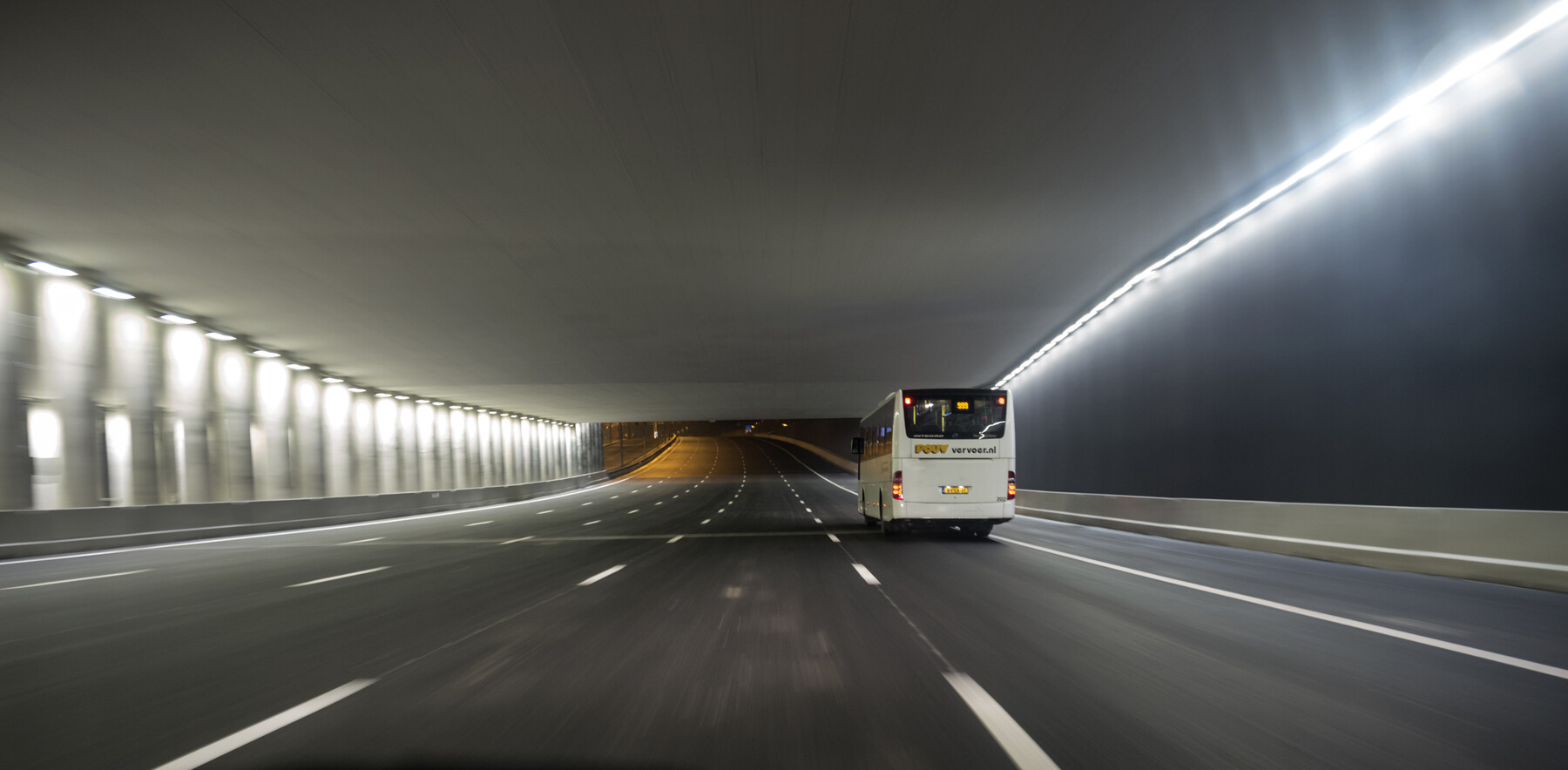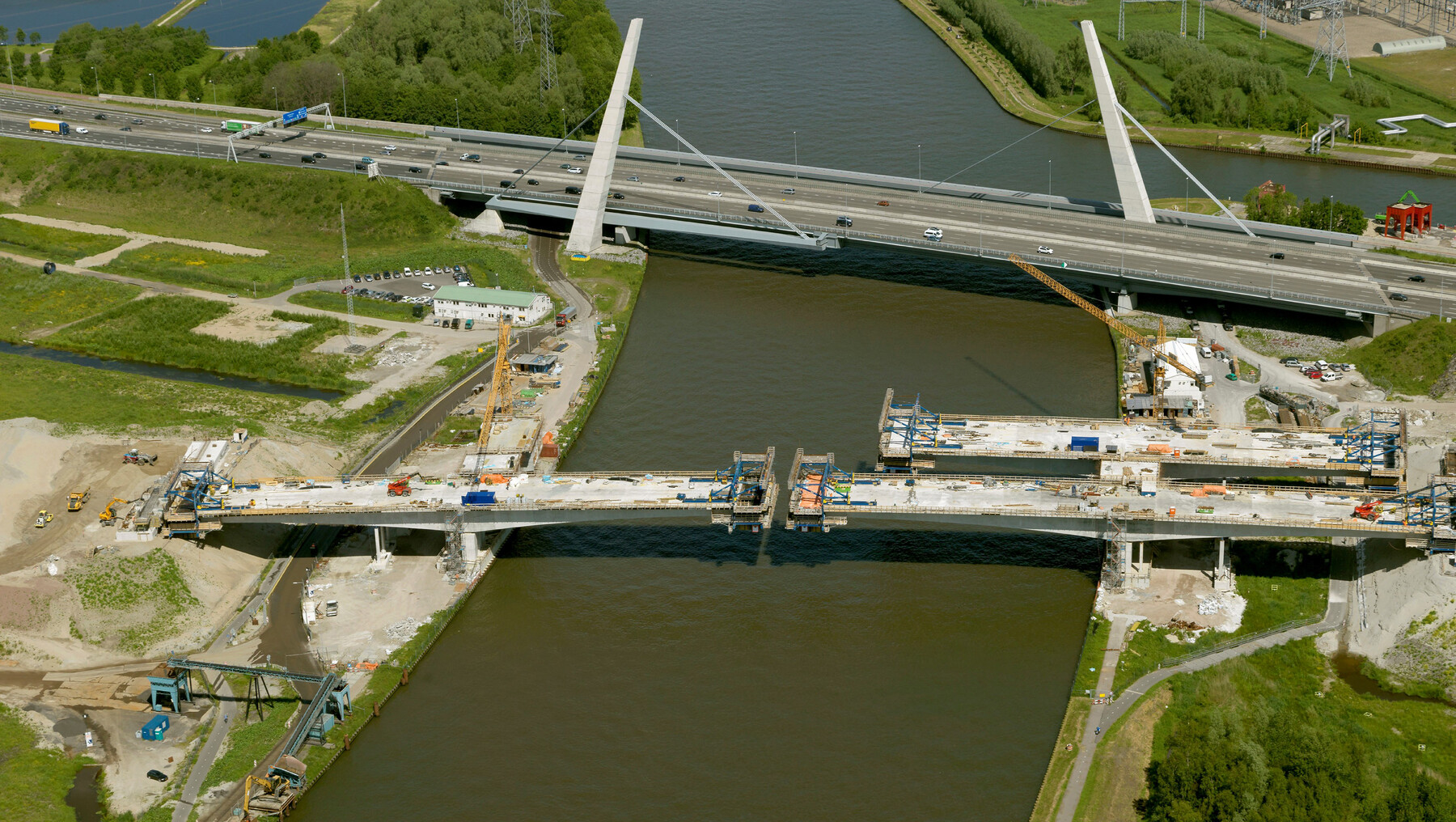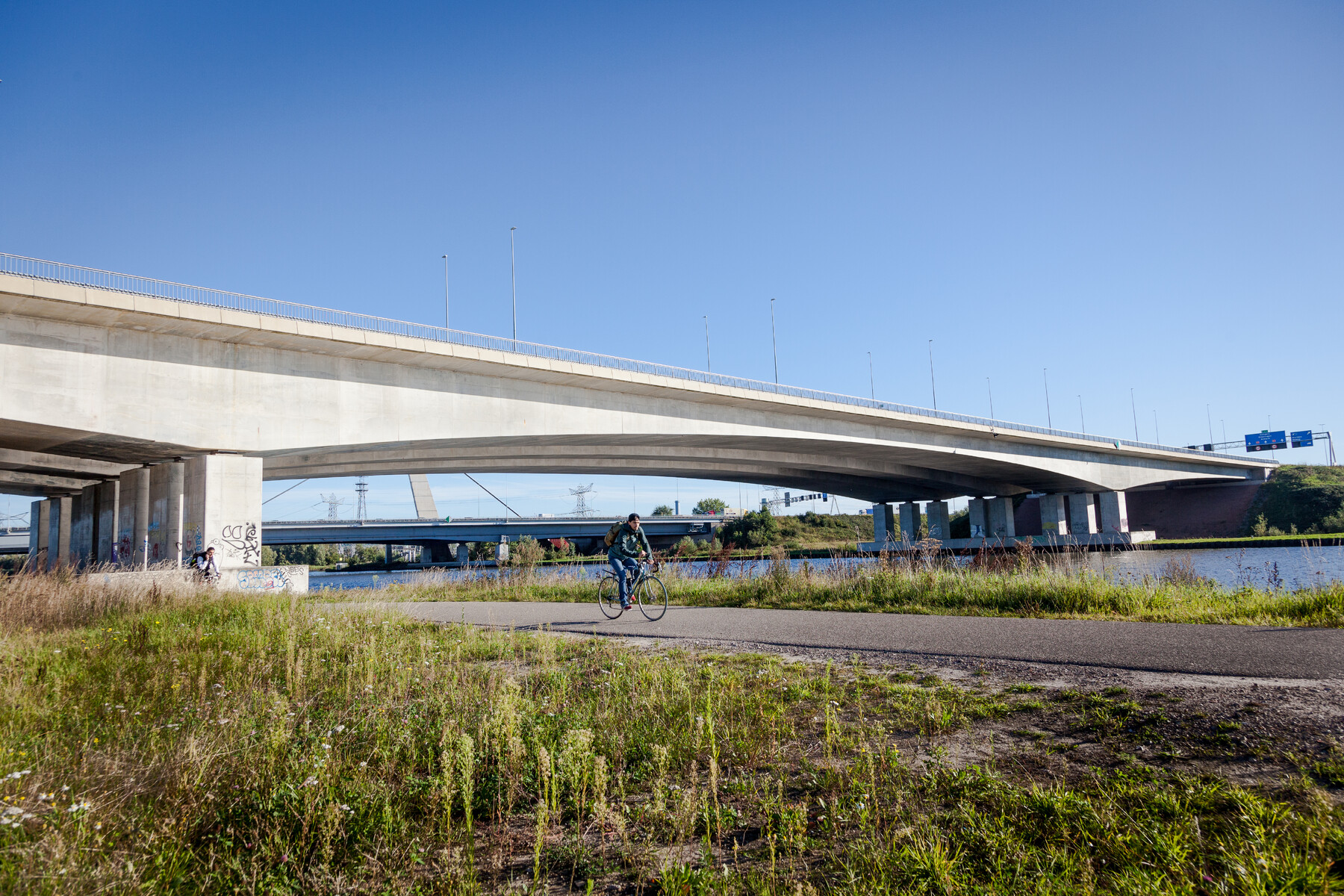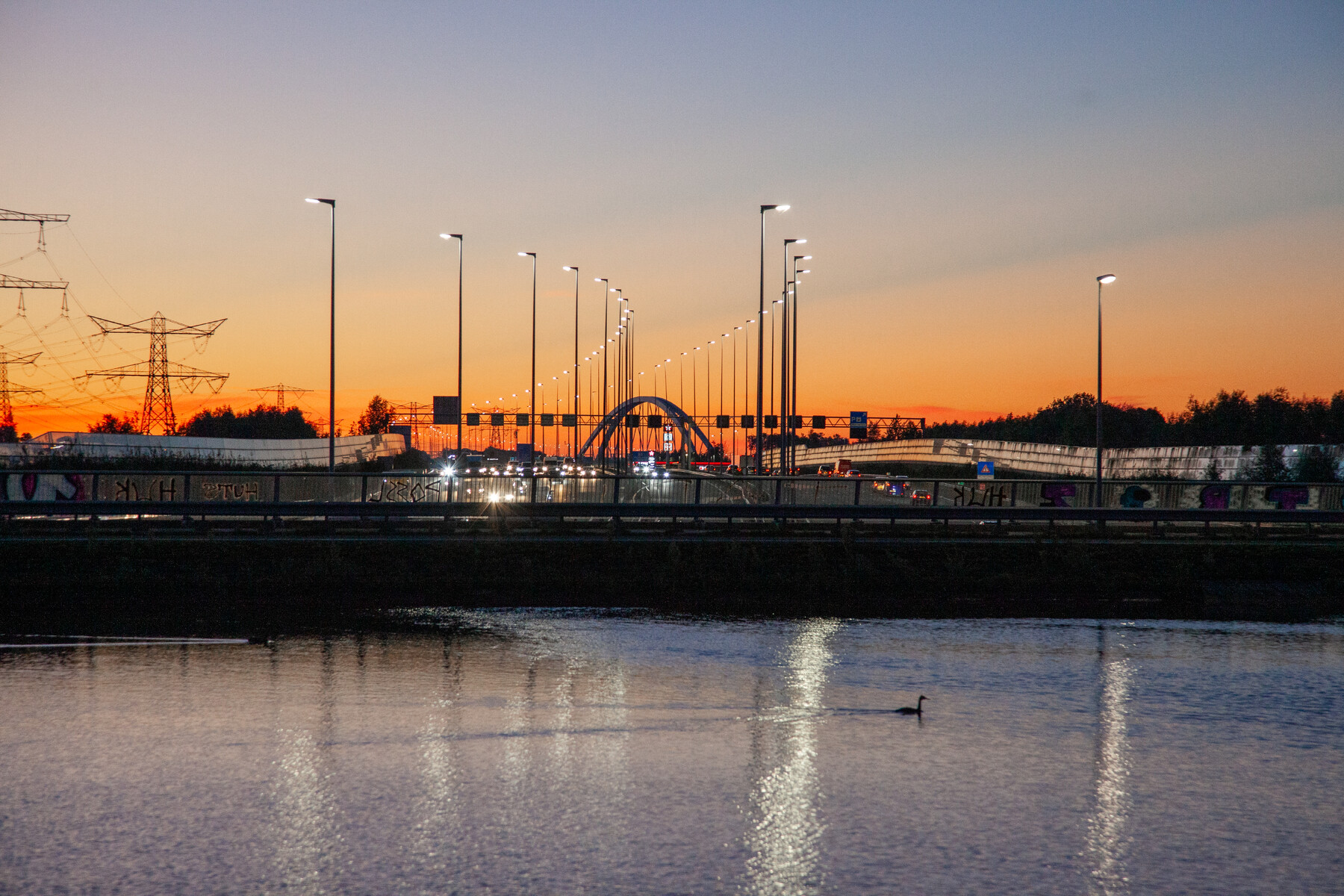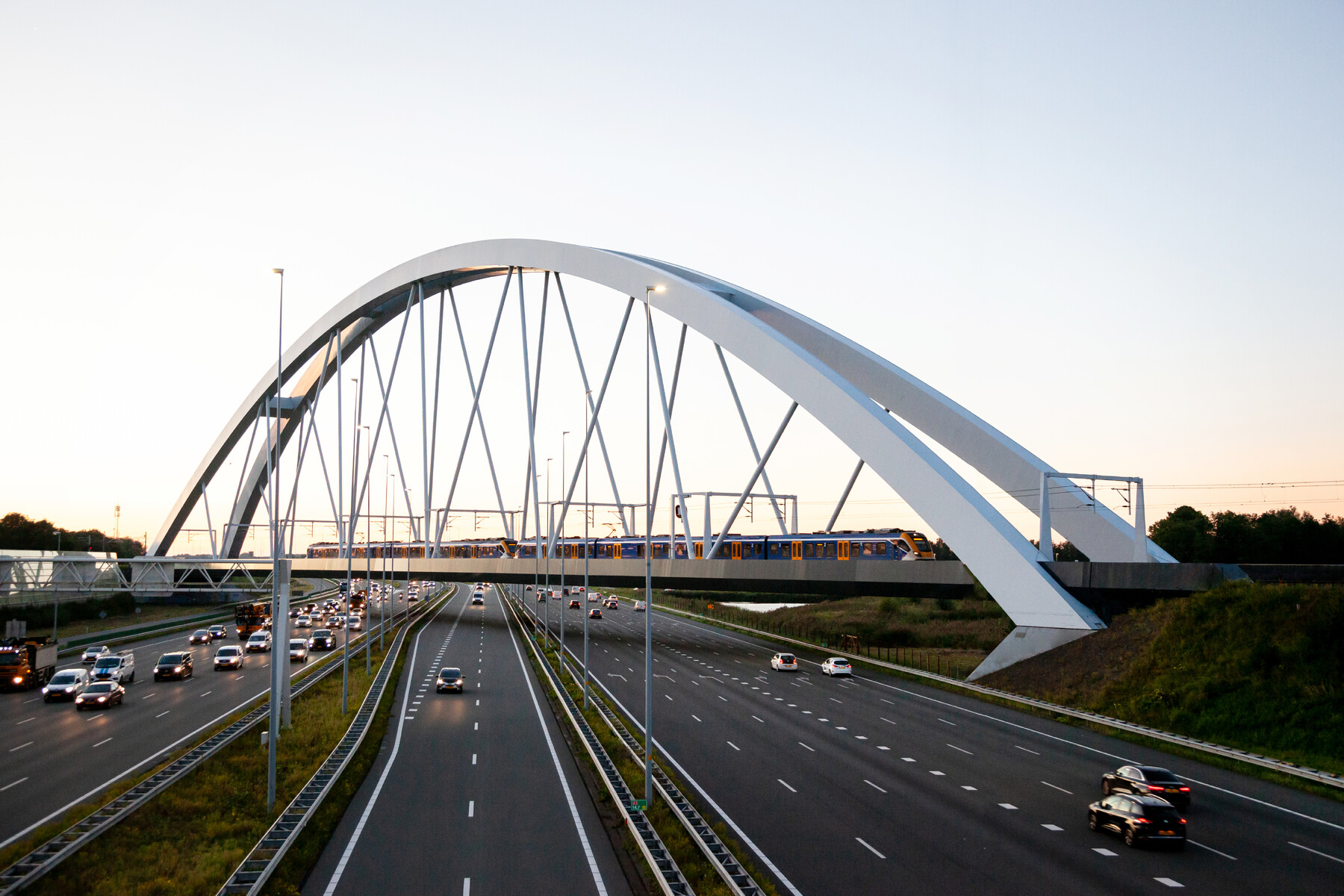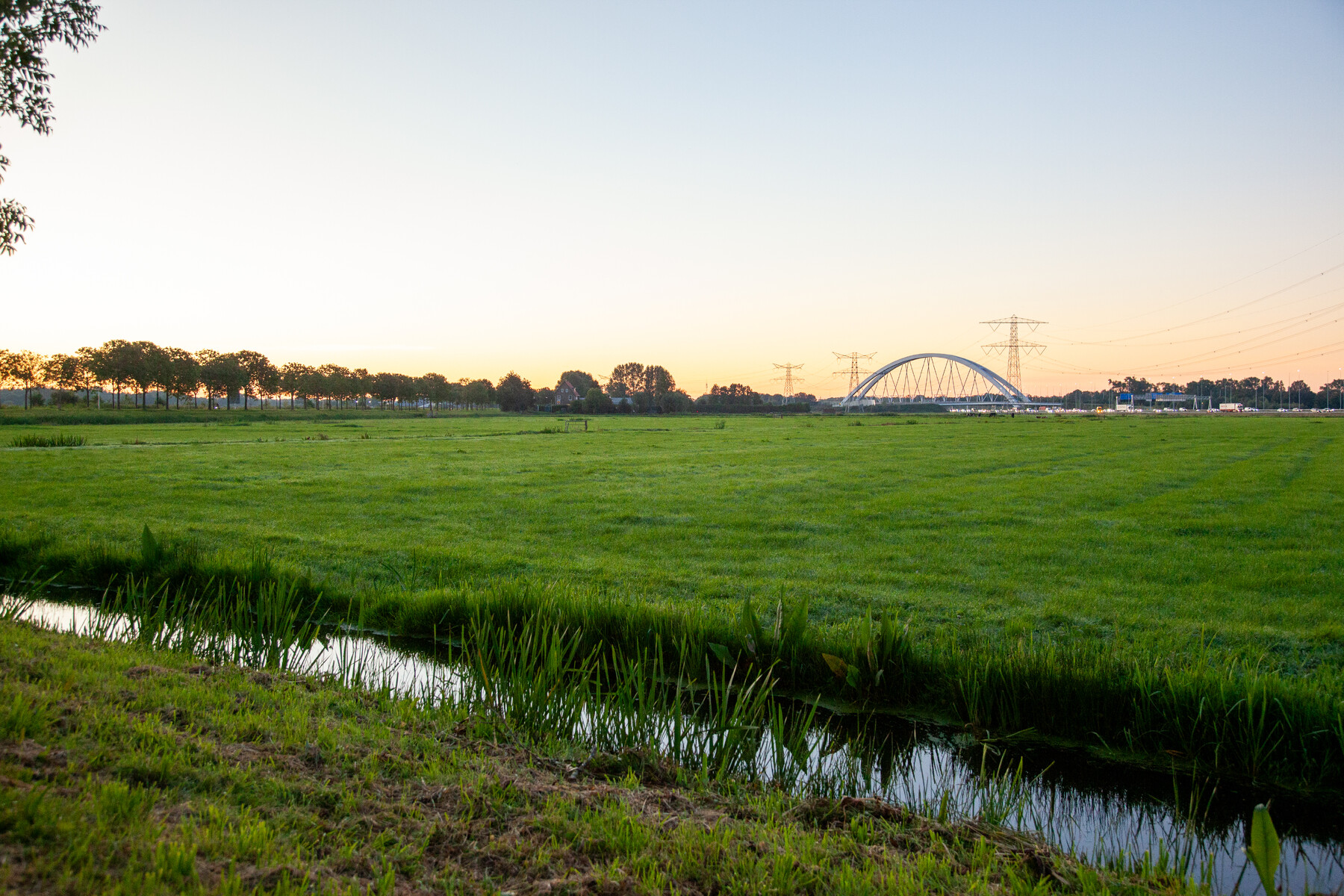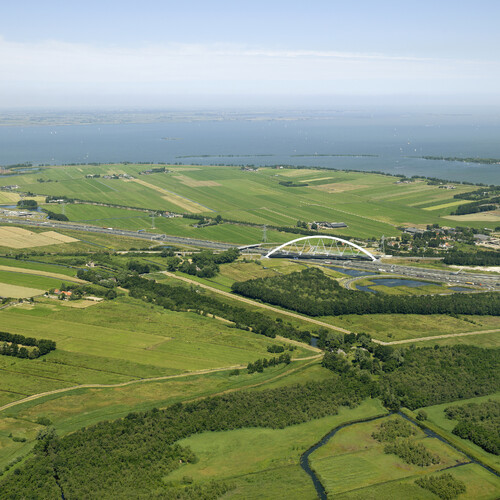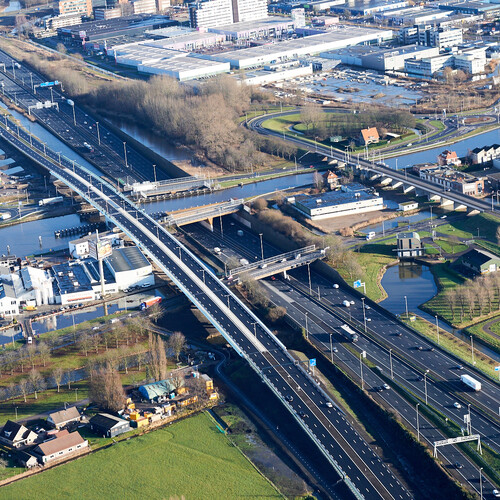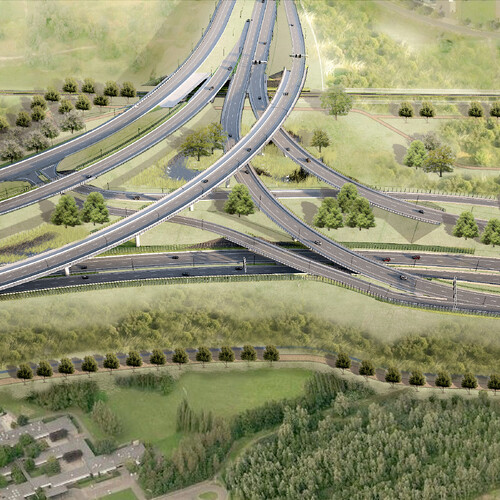The motorist driving in this area is confronted with an excess of exits and merging lanes, junctions, bridges and underpasses. In combination with the many lanes and the intensity of the traffic this is quite an assault on the senses. The most important design decision is therefore to choose for modest and uniform shapes, with simple and recurring elements. The more chance one’s eyes get to wander into the distance and experience the alternating landscape, the better.
– Reinald Top, architect-partner at ZJA
